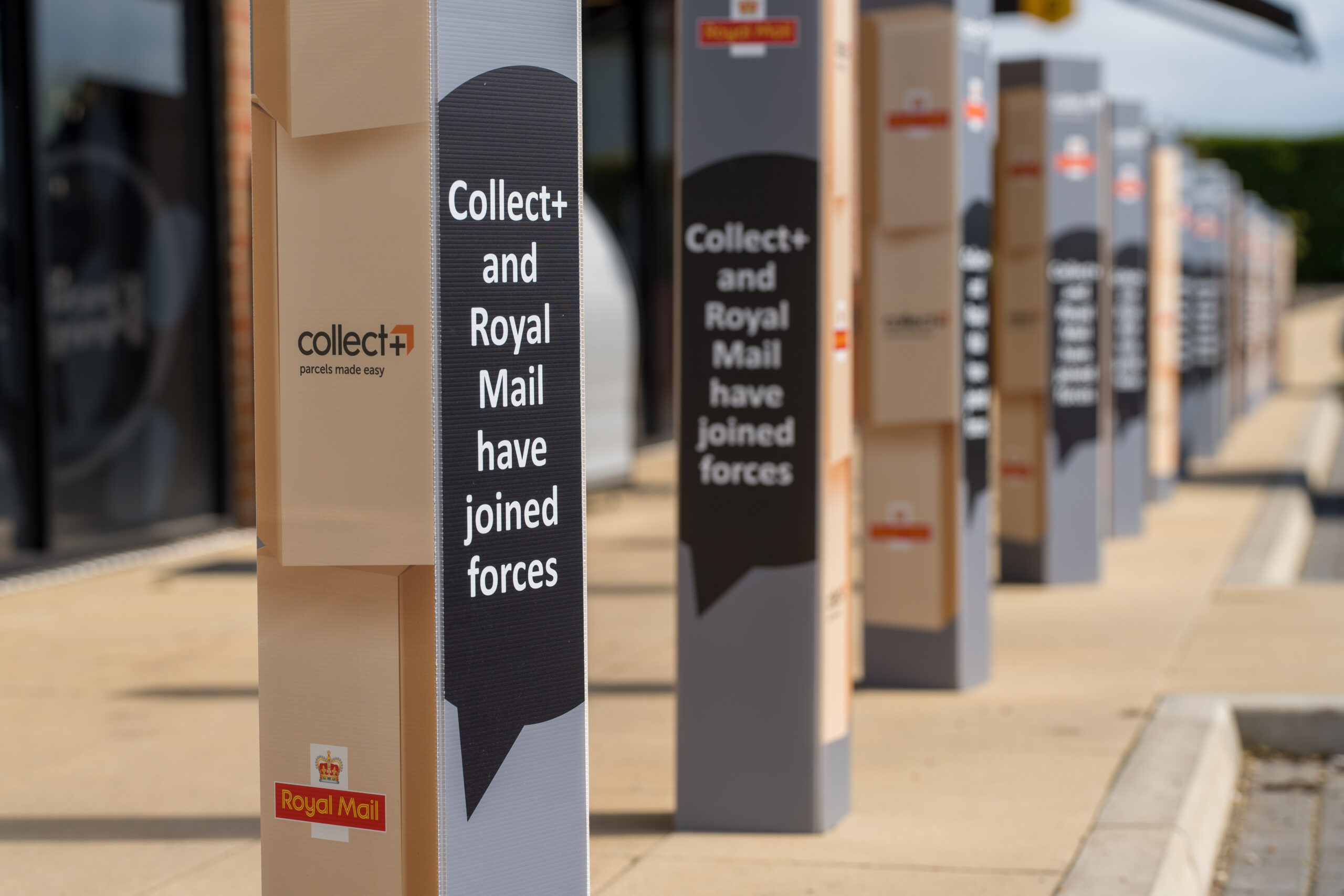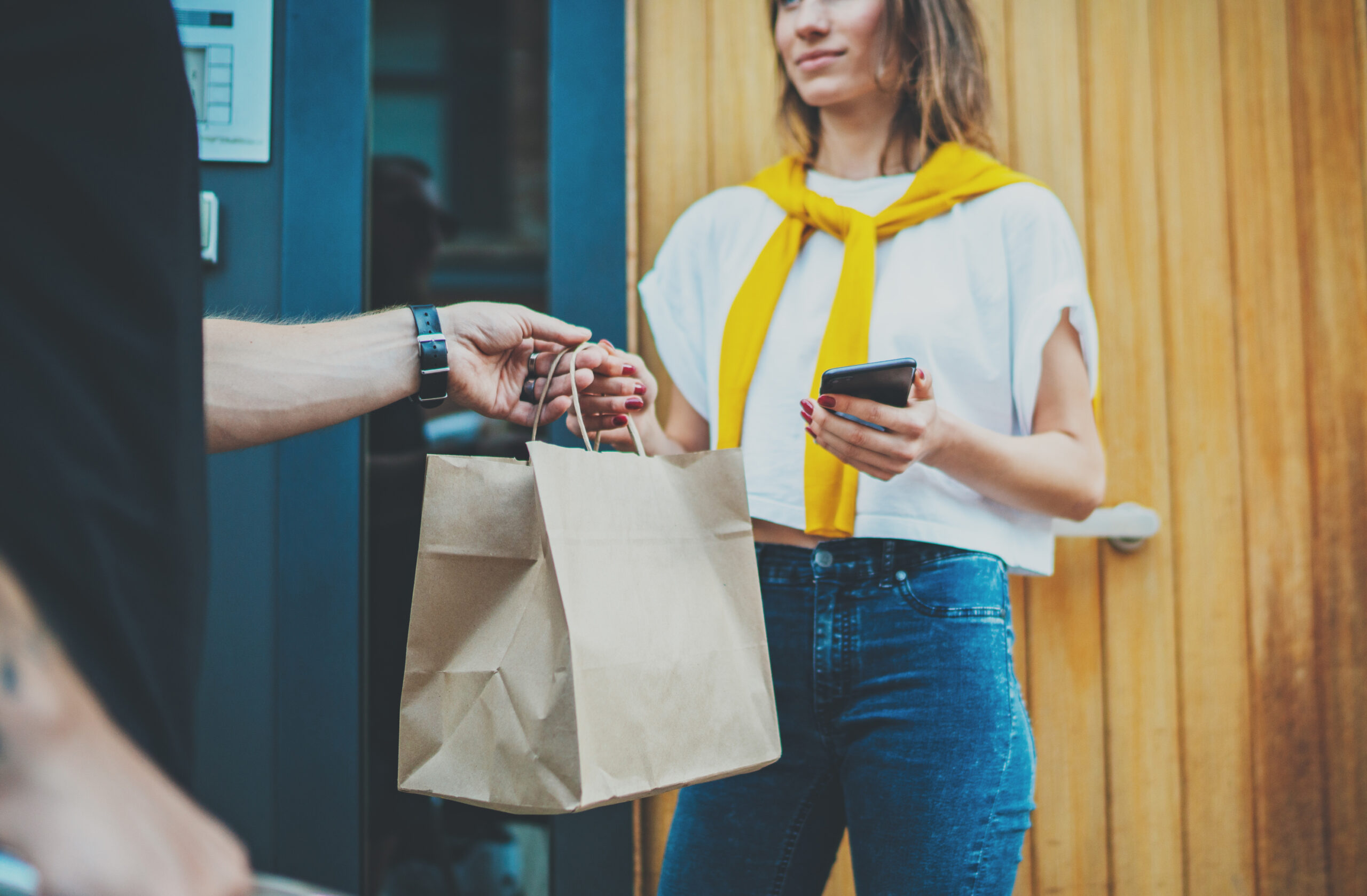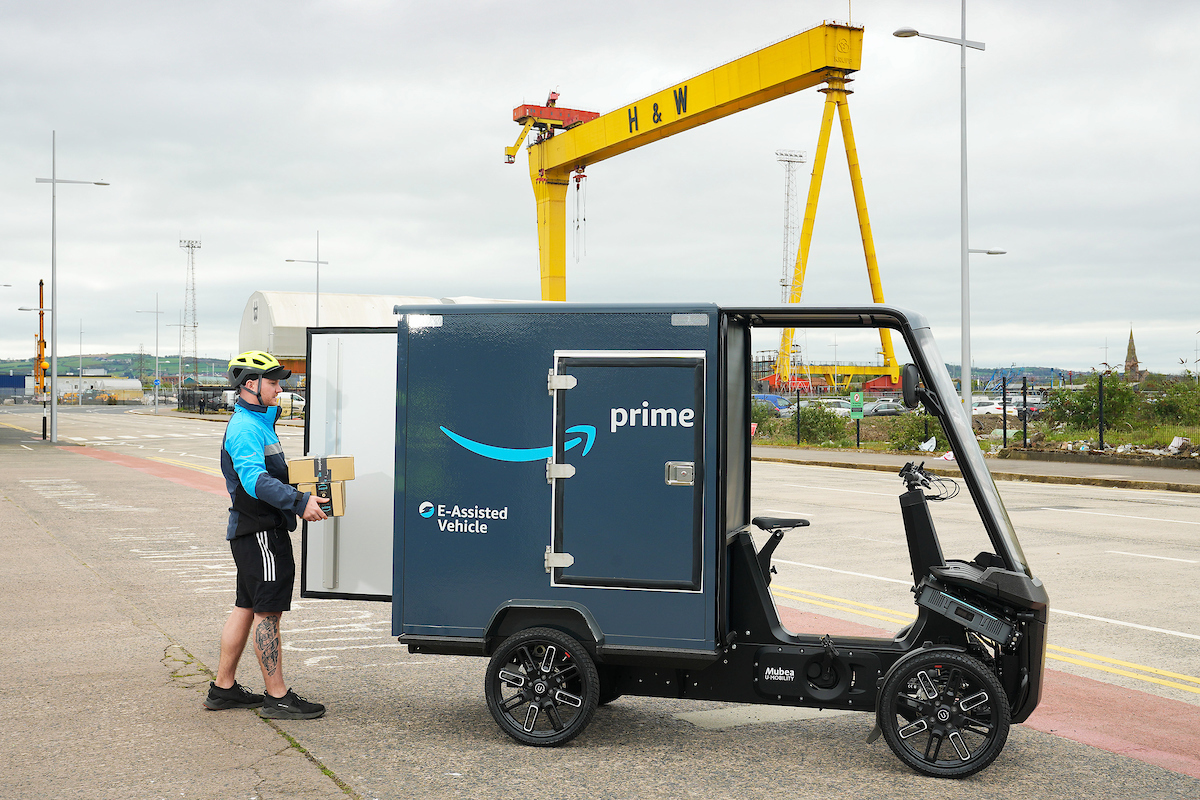As high street retailers have moved online so pureplays have been eying up the high street. Is opening a shop still a good option? Emma Herrod investigates.
Although online retailing grew by 16% in the UK last year, accounting for sales of £133bn, the majority of purchases are still made in physical stores. On average, £3.1bn is spent in supermarkets and food shops each week, while £0.6bn is taken in department stores and £3.3bn in other high street outlets. Online accounts for just £0.7bn of Britain’s weekly spend, according to figures for May from the Office for National Statistics.
It is no surprise, then, that Amazon wants a slice of the UK’s grocery spend and has been innovating with different ways to gain a bigger chunk of other categories online, including fashion. Its US customers, for example, have recently been offered Prime Wardrobe, a service which allows them to try on a selection of clothes at home and pay once they’ve decided what to keep. In essence, the service is turning people’s homes into changing rooms without the hassle of processing payments and refunds. Shoppers are even given a discount based on the number of items they decide to keep. Amazon has also launched Echo Look, a camera and video recorder for the home which combines fashion and style algorithms with Alexa to take full-length pictures and short video clips of the shopper and advise on the clothes they are trying on. Plus it’s AmazonGo project is enabling it to test physical retailing in a store environment.
Along with these trials and innovations, Amazon has moved further into ‘traditional’ bricks and mortar retailing with the acquisition of US supermarket chain Whole Foods. However, the latter may be just a way for it to collect data on grocery buying habits and to lure Whole Foods’ affluent shoppers to new innovations rather than purely a profit-making venture – Amazon’s share price increased by £11bn on the day the £10.5bn ($13.7bn) acquisition was announced. Others surmise that Amazon’s thinking behind the deal could be that it now has 460 prime urban and suburban locations in the US, Canada and the UK which can act as warehouses for other products. “Millions of people love Whole Foods Market because they offer the best natural and organic foods, and they make it fun to eat healthy,” said Jeff Bezos, Amazon founder and CEO. “Whole Foods Market has been satisfying, delighting and nourishing customers for nearly four decades – they’re doing an amazing job and we want that to continue.” John Mackey, Whole Foods Market Co-founder and CEO, said: “This partnership presents an opportunity to maximize value for Whole Foods Market’s shareholders, while at the same time extending our mission and bringing the highest quality, experience, convenience and innovation to our customers.”
With Amazon guided by the four principles of customer obsession, passion for invention, commitment to operational excellence and long-term thinking – rather than competitor focus – it’s unlikely to simply operate Whole Foods in its current format. Having physical outlets within a certain area also has a halo effect for online sales, as John Lewis discovered when it launched its John Lewis At Home stores. Online retailer Boden must be hoping to benefit from this as it becomes a concession within John Lewis’s department stores. The fashion retailer’s original store in Hanger Green, London, continues to offer a physical presence for its brand, as does its Shopping Parties, which see members of the public gathering their friends to show off 5 rails of Boden clothing from which they can make a purchase. As Amazon has shown, pureplays have the opportunity to disrupt high street retailing and avoid being hindered by legacy systems. They can introduce technology from day one which will offer customers and staff a seamless experience as well as enhancing the offline retail world.
BRIGHT LIGHTS AND SOCIAL
Missguided , for example, opened a flagship store in London’s Westfield Stratford Shopping Centre in November 2016, following the opening of concessions in Selfridges and in Manchester. Social media is one of the store’s design highlights with ‘jaw-to-the-floor’ stage sets waiting to be shared online and digital screens changing in real time. Mobile-carrying sales assistants are on hand to help customers, including bringing their click and collect order directly to them. “Our vision is to bring the digital world into each of our shops using innovative technology, and our first physical store will only be the start. We aim to expand our bricks-and-mortar estate across the UK,” says David Pollitt, Head of IT Operations, Missguided.
Slightly different is Farfetch , which is proposing a Store of the Future platform for use in the independent bricks and mortar boutiques which it serves through its online presence. Again, looking at offline from a platform perspective, EiraTech Robotics is developing a store which performs like a large-scale vending machine. Shoppers can view and order items on a touch screen, and a robot in the warehouse area behind the screen will then take the purchased items from its storage area and deliver them through a slot for the shopper to collect. There is also the option to add a showroom so shoppers can see and touch items before placing their order at the kiosk. The system can handle products up to briefcase size. The company is already in discussion with a number of shopping centres in Dublin to trial its EiraCube in December this year.
Paige Wilcox, Associate, EiraTech, explains that the company is flexible about the type of products that can be sold and the business model for locations. She suggests that the model would suit online retailers looking for a bricks and mortar outlet or it could be used to showcase startups in shopping centres. Products and digital signage could easily be changed overnight so the store doesn’t have to be fixed to one brand or retailer. The payment system can also be set up so that it goes directly to whichever company is using the cube. Other alternatives include using EiraCube for different events or seasonal sales. However, all this news of offline’s new-found appeal comes at a time when catalogue to ecommerce company N Brown Group is announcing plans to close its stores. It was just four years ago that it pioneered online’s move to high street retailing. It will be closing 5 loss-making Jacamo and Simply Be co-branded stores in a move that leaves it with 10 remaining shops.
According to N Brown Group, these 5 contributed £5m in revenue over the past full financial year but accounted for all of the £2m operating loss made across its stores during that period. Weak high street footfall and future significant business rate rises were both cited as factors in its decision. “As a result of ongoing weak footfall in some locations, and with a clear focus on driving financial returns across all areas of our business, we will be closing up to 5 loss-making stores,” says Chief Executive Angela Spindler. “Although the outlook for consumer confidence remains uncertain, our offering is resonating with customers. At this early stage in the financial year, trading is on track to meet our expectations. We continue to invest in our customer proposition and remain very confident in our future growth prospects.” When the store chain was first mooted back in 2013, N Brown Group envisaged a national chain of 25 stores that would build on its foundations in catalogue and, latterly, online selling. It anticipated that the stores would generate a halo effect, attracting shoppers to buy online as well as in-branch.
But now it seems that online has become the primary draw in itself: 78% of its new customers buy online. For some retailers, it seems, the halo effect may not be as effective as hoped, but high street retailing remains challenging for all.





